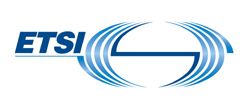IEEE 802-2014IEEE Standard for Local and Metropolitan Area Networks: Overview and Architecture
This standard provides an overview to the family of IEEE 802 standards. It describes the reference models for the IEEE 802 standards and explains the relationship of these standards to the higher layer protocols; it provides a standard for the structure of IEEE 802 MAC addresses; it provides a standard for identification of public, private, prototype, and standard protocols; it specifies an object identifier hierarchy used within IEEE 802 for uniform allocation of object identifiers used in IEEE 802 standards; and it specifies a method for higher layer protocol identification.

